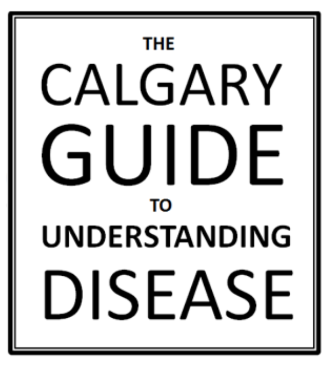Low Ankle Sprain: Pathomechanics and Clinical Findings
Authors: Parker Lieb, Joseph Kendal Reviewers: Liam Thompson, Tara Shannon, Sunawer Aujla, Stephanie de Waal, Amanda Eslinger, Dave Nicholl, Maninder Longowal Gerhard Kiefer* * MD at time of publication
Talus subluxation with anterior force on heel
+ Anterior drawer test
Recurrent sprains
Synovial inflammation & hypertrophy
Remodeling of collagen and bone
Degenerative changes
(e.g., osteophytes, subchondral sclerosis)
Ankle eversion beyond normal range (less common)
Excessive stress to medial ankle deltoid ligament
Ankle plantar flexion and inversion beyond normal range (most common)
Excessive stress to lateral ankle ligament(s)
Associated fracture of malleolus or subtalar joint
Bone pain, inability to weight bear
Recruitment of inflammatory cells to damaged area
↑ Local pro- inflammatory cytokines
↑ Capillary permeability & vasodilation to damaged area
Collagen fibers in ligament(s) rupture
Low Ankle Sprain
(medial or lateral)
Local blood vessels tear
Blood leaks into surrounding tissue
Grade I
Mild injury
Grade II
Moderate injury
Grade III
Severe injury
Minimal ligament disruption
Incomplete ligament tear
Complete ligament tear
No joint laxity
Joint laxity
Gross joint laxity
Mechanical and functional instability
Decreased ankle joint space
Ankle Impingement
(compression of soft and/or bony structures in joint)
Chronic ankle instability
Damage to mechanoreceptors in muscles surrounding ankle joint
Bruising
Swelling
Focal tenderness over torn ligament(s)
Pain on injury and with weight bearing
Impaired proprioception & neuromuscular control
Nociceptors activated by trauma and inflammatory factors
Falls Antalgic gait
Legend:
Pathophysiology
Mechanism
Sign/Symptom/Lab Finding
Complications
Published Nov 9, 2014; updated Aug 15, 2023 on www.thecalgaryguide.com
Foundations
Systems
Other Languages
Low Ankle Sprain

